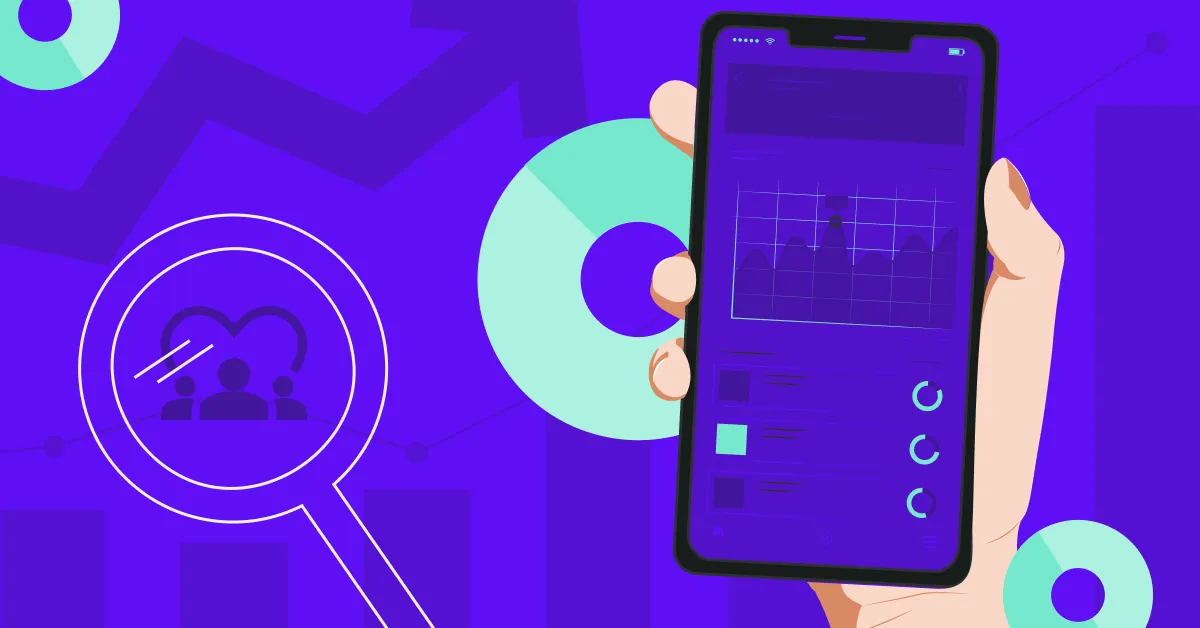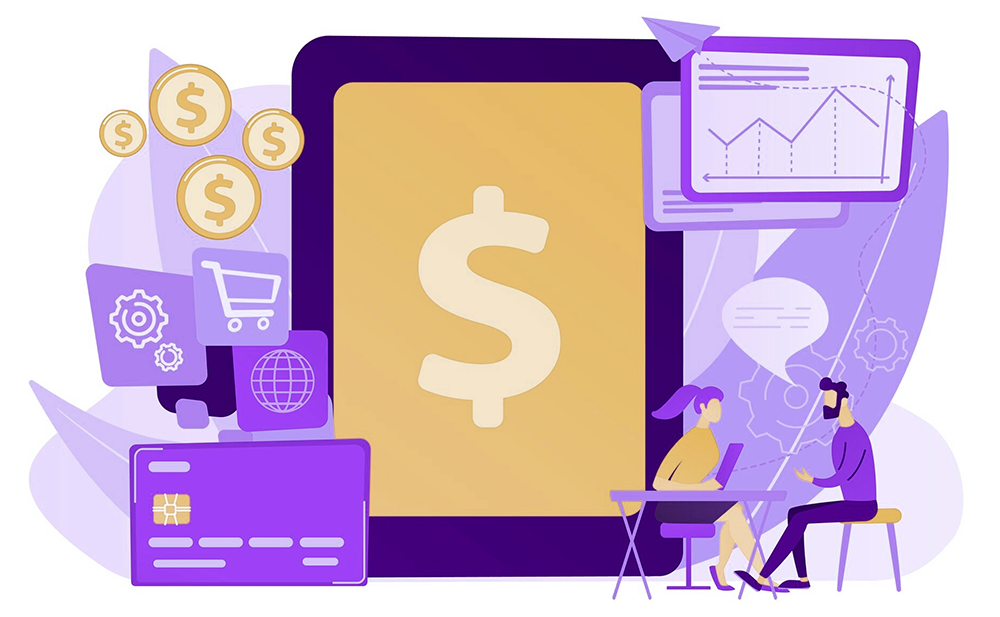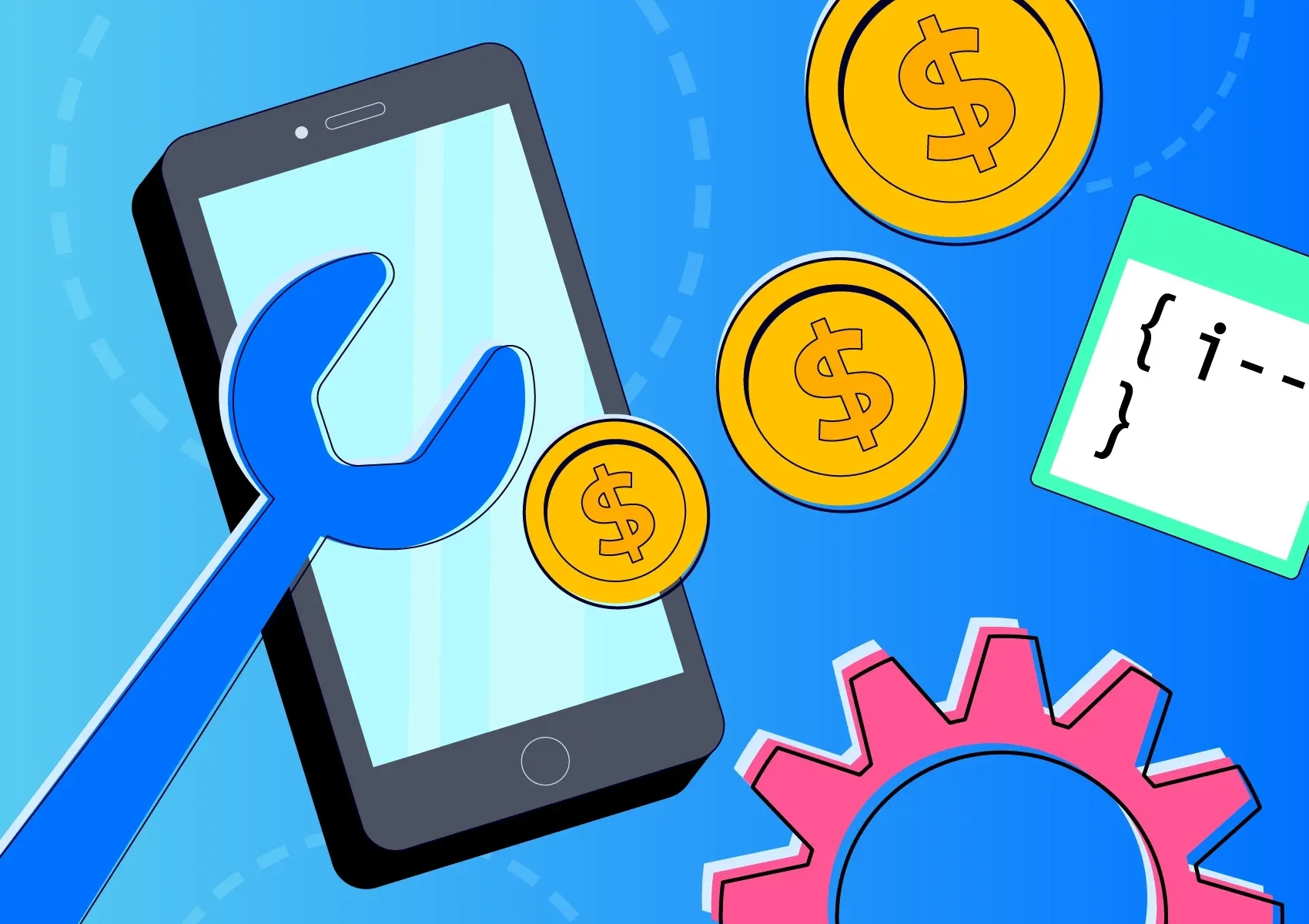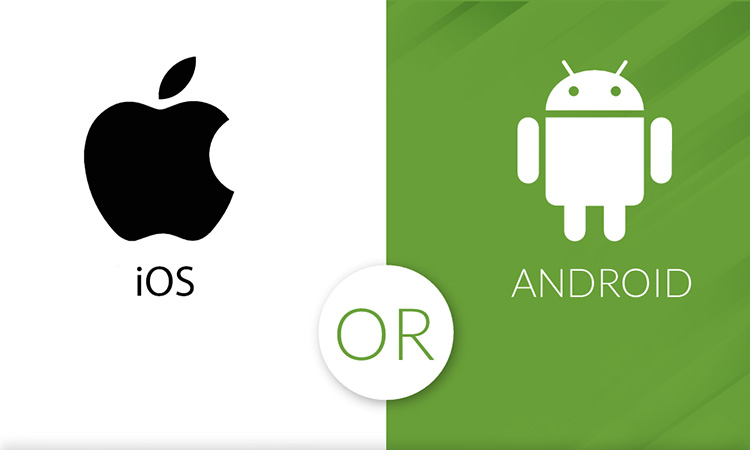Let's face it: developing a mobile application seems like a precipice to a business owner. Exciting? Yes. Scary? Of course. I recall having a lot of questions when I first thought about getting an app for my company. What is the price of this? Will it be profitable? By 2025, mobile apps are essential for companies looking to maintain their competitiveness and are no longer a luxury. However, the crucial query still stands: what is the *actual* cost of developing a mobile application? Let's dissect it using openness, practical knowledge, and a little assistance from Fykel's reasonably priced mobile app development.
Why a Mobile App Is Worth the Investment
Let's discuss why you would even want an app before getting into the specifics. Consumers are addicted to their phones; by 2025, more than 80% of all online activity will take place on mobile devices. A well-designed app can increase revenue, improve operations, and increase engagement. Consider this: an app allows you to communicate with clients directly, send push alerts, and provide smooth experiences that websites may not be able to provide.
However, this is where I first ran into trouble: is the expense justified? The answer was yes for my company—my app resulted in a 25% increase in customer retention. The secret is to create an app that does more than just look good. This is where careful planning and the appropriate development partner—like Fykel—come into play.

Factors That Drive Mobile App Development Costs
Depending on several important factors, the price of a mobile app in 2025 may vary from $10,000 to $150,000 or more. This range is broad because not all apps require all the bells and whistles, so don't freak out just yet. To help you create a sensible budget, let's examine the main cost factors.
First, complexity is important. A feature-rich app (think e-commerce with AI personalization) is more expensive than a basic one (like a booking tool). Second, pricing is influenced by the platform—iOS, Android, or both. Third, decisions about design and technology, such as the use of React Native for cross-platform applications, can either reduce or increase expenses. The team at Fykel is skilled at striking a balance between these elements to maintain affordability without compromising quality.
Breaking Down the Costs: What You’re Paying For
It takes more than just coding to create an app. There is a cost associated with each step of the process. When you work with a studio like Fykel, you're really paying for the following:
- Strategy and Planning: Here, we outline the goal of your app: engagement, leads, or sales. Here, budget 10–15% is to be expected.
- Design: A design that is both aesthetically pleasing and easy to use can save 20–25% of the price. If you cut corners here, users will leave.
- Development: the project's core, which typically accounts for 50–60% of the budget. Fykel reduces expenses by using React Native to build for both iOS and Android at the same time.
- Launch and Testing: App store submissions and bug fixes take ten to fifteen percent. An app that crashes is not what anyone wants.
- Maintenance: Server expenses and ongoing updates are frequently disregarded. Set aside 15–25% of the original cost each year.
I discovered the hard way that neglecting any of these steps, such as using shoddy testing, results in headaches. Fykel's portfolio demonstrates how we master every stage for optimal return on investment.
Cost Ranges for Different Types of Apps
Depending on your needs, different apps have different prices. Based on Fykel's experience, the following is a rough breakdown for 2025:
- Easy Apps ($10,000–$30,000): Consider booking tools or informational apps. Simple design, few features. Ideal for small companies experimenting.
- Apps with a Medium Level of Complexity ($30,000–$70,000): social features, e-commerce, or simple AI integrations. More backend and design work is needed for these.
- Apps that are complex ($70,000–$150,000+): Consider AI-personalized apps, real-time data apps, or multi-user systems. These are for companies that are prepared to grow.
Wondering where your app fits in? For a better view, see our pricing page. Before realizing I needed a few more features to make my app stand out, I thought it would be "simple." In the long run, it saves money to be upfront about your goals.

How Technology Choices Affect Your Budget
It gets nerdy here, but stay with me—it's crucial. Your budget may or may not be affected by the tech stack you select. React Native is the preferred option for developing mobile apps at a low cost in 2025 since it can save up to 30% by building for both iOS and Android simultaneously. For backend systems, frameworks like Laravel simplify development, saving both money and time.
Another game-changer is AI. While adding AI features, such as chatbots or personalized recommendations, may increase expenses by $5,000 to $20,000, they can increase engagement by 20% to 30%. At first, I thought AI was overkill, but after witnessing how a chatbot kept customers coming back, I'm now convinced. Because of Fykel's proficiency with these technologies, you will receive value for your money.
Hidden Costs You Might Overlook
All right, let's discuss the things that nobody tells you about. Like unforeseen bills, hidden costs can appear out of nowhere. For instance, app store fees—$25 one-time for Google Play and $99 annually for Apple—are minor but add up. Depending on scale, backend server costs can range from $50 to $500 per month. Additionally, keep in mind that apps require frequent updates in order to remain compatible and safe.
Once, I made a mistake by disregarding maintenance costs because I believed my app was "done." Not at all. My app became glitchy after a single iOS update, and fixing it wasn't inexpensive. To keep your app operating smoothly and prevent these unforeseen costs, Fykel offers maintenance plans.
How to Maximize ROI on Your App
A mobile app is an investment rather than merely a cost. Pay attention to features that generate income if you want it to be profitable. For instance, push notifications can improve retention by 10% to 20%. Subscriptions or in-app purchases can generate consistent revenue streams. Additionally, keep an eye on analytics; monitoring user behavior allows you to make necessary adjustments to improve the app's functionality.
I was in the dark about my first app since it lacked analytics. After adding them, I noticed customers leaving at the register. I doubled my sales with a quick fix. When developing apps, Fykel considers return on investment and incorporates tools to monitor and improve performance right away.
Why Choose Fykel for Affordable Mobile App Development?
You're probably asking yourself, "Can I afford this?" by now. I understand that most startups and small businesses have limited funds. For this reason, Fykel specializes in developing mobile apps at a reasonable cost without sacrificing quality. We deliver revenue-generating apps at a low cost by utilizing cutting-edge technologies like React Native and Laravel.
Our procedure is open and honest: we begin with your objectives, offer precise pricing, and develop an app that benefits your company. Are you curious about the possibilities? To begin, send us an email at [email protected] or go to our contact page.
Final Thoughts: Budget Smart, Win Big
In 2025, developing a mobile application doesn't have to be expensive, but it does need preparation, the appropriate technology, and a partner who understands. I understand how overwhelming it can be to try to strike a balance between impact and cost. You can get a high-ROI app that expands your business without breaking the bank with Fykel's experience.
Don't allow your fear of expenses to stop you. Your key to increased leads, sales, and success may lie in a well-designed app. Are you prepared to jump? Let's plan for your company to go mobile in 2025.

_0.png)


